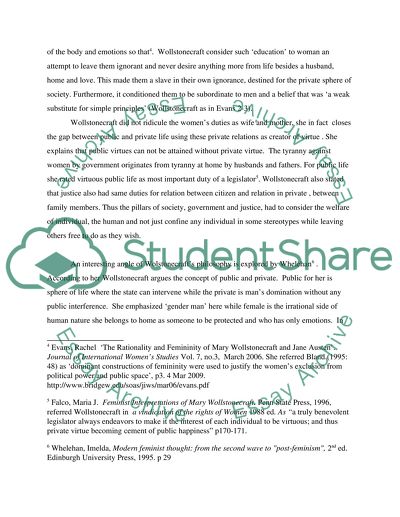Cite this document
(“Mary Wollstonecraft Writing's Book Report/Review”, n.d.)
Mary Wollstonecraft Writing's Book Report/Review. Retrieved from https://studentshare.org/sociology/1514765-mary-wollstonecraft-writings
Mary Wollstonecraft Writing's Book Report/Review. Retrieved from https://studentshare.org/sociology/1514765-mary-wollstonecraft-writings
(Mary Wollstonecraft Writing'S Book Report/Review)
Mary Wollstonecraft Writing'S Book Report/Review. https://studentshare.org/sociology/1514765-mary-wollstonecraft-writings.
Mary Wollstonecraft Writing'S Book Report/Review. https://studentshare.org/sociology/1514765-mary-wollstonecraft-writings.
“Mary Wollstonecraft Writing'S Book Report/Review”, n.d. https://studentshare.org/sociology/1514765-mary-wollstonecraft-writings.


